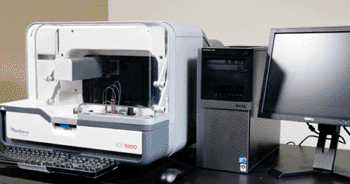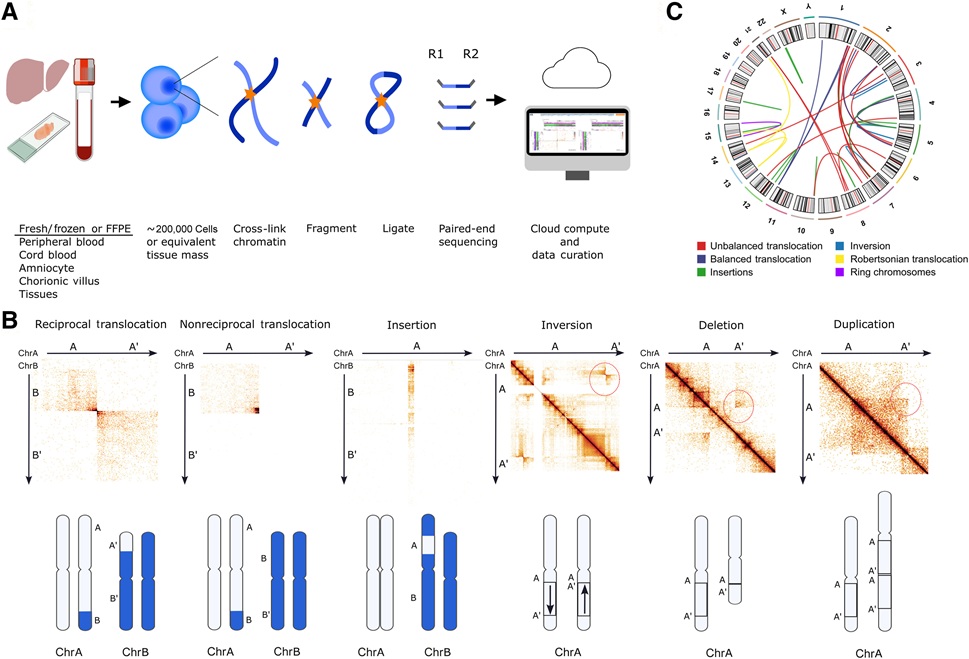Diagnostic Test Clinically Validated for Breast Cancer Mutations
By LabMedica International staff writers
Posted on 22 Oct 2013
An innovative technique using second-generation sequencing technology is as sensitive as the standard methodology but has the potential to improve the efficiency and productivity of genetic testing laboratories.Posted on 22 Oct 2013
The recognition of a causal link between mutations in breast cancer 1, early onset (BRCA1) and breast cancer type 2 susceptibility protein (BRCA2) genes and increased risk of developing breast and ovarian cancer has intensified the demand for genetic testing.

Image: RTD 1000 picodroplet-based Polymerase chain reaction-setup system (Photo courtesy of RainDance Technologies).
Scientists at British Columbia Cancer Agency (Vancouver, BC, Canada) employed the second-generation sequencing assay that uses automated small amplicon polymerase chain reaction (PCR) followed by sample pooling and sequencing with a second-generation instrument. The target region selected was thought to encompass the majority of pathogenic sequence changes in BRCA1 and BRCA2.
The investigators tested the assay using a set of 91 patient genomic DNA samples, 48 selected retrospectively and 43 prospectively. Constitutional DNA was purified from 10 mL of whole peripheral blood using the PureGene protocol and reagents (Inter Medico; Markham, ON, Canada) and quantification was performed via spectrophotometry (NanoDrop; Thermo Fisher Scientific; Wilmington, DE, USA).
The method generated high-quality sequence coverage across all targeted regions with median coverage greater than 4,000-fold for each pooled sample. After some technical adjustments, such as setting the maximum depth parameter to an arbitrarily high value of 500,000 using Sequence Alignment/Map (SAMtools) software and selecting 100,000 as the on-target alignments threshold, the method proved sensitive and specific for detecting variants in genetic sequences.
Comparing the results to those obtained by the standard dideoxy sequencing methodology, the team found 100% concordance between the two methods, with no false-positive or false-negative predictions. The results demonstrate that the method is suitable for sensitive, automatable, high-throughput sequence variant detection in the clinical laboratory.
Aly Karsan, MD, the senior author of the study said, “In our laboratory, approximately 25% of high risk patients who undergo BRCA1 or BRCA2 testing will generate a result with a real or ambiguous relationship to hereditary cancer risk, and so testing for these mutations is an important tool to identify individuals who would benefit from preventative surgery or increased breast cancer surveillance.” The study was published on October 7, 2013, in the Journal of Molecular Diagnostics.
Related Links:
British Columbia Cancer Agency
Inter Medico
NanoDrop




 assay.jpg)









